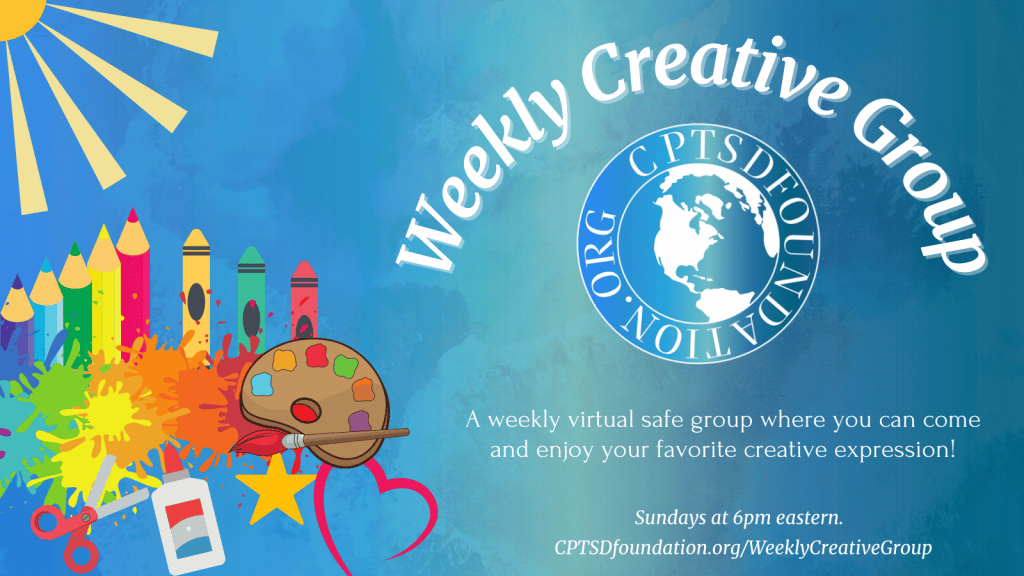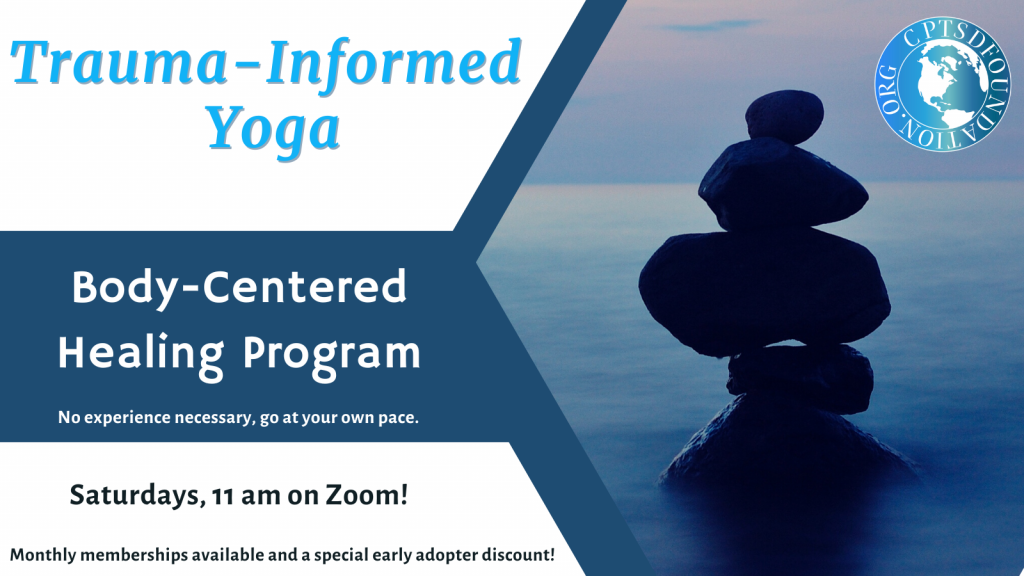A Trauma-Informed Guide to Overcoming Workplace Freeze Responses
Many of us who have experienced trauma find ourselves struggling with shutdown responses at work, often without realizing what’s happening. These moments of freeze aren’t character flaws or professional shortcomings — they’re natural responses that can be understood and navigated with self-compassion and practical strategies.
Table of Contents
- Understanding the Freeze Response
- Workplace Freeze Responses
- Defining Professional Flow
- Recognizing Shutdown Patterns
- Management Strategies
- Moving Forward
- Self-Reflection Guide
Understanding the Freeze Response
The neuroscience behind workplace trauma responses
When our nervous system perceives a threat, it can respond in several ways: fight, flight, or freeze. For many trauma survivors, the freeze response became a primary survival strategy. This response, while protective in dangerous situations, can create challenges in our professional lives when it activates in response to work-related stress or triggers.
In essence, freeze is:
- A survival mechanism designed to protect us
- An automatic response, not a choice
- Often triggered by perceived rather than actual threats
- A temporary state that can be moved through with support
Various situations in a professional environment can activate our freeze response, particularly if we have a history of trauma. These include authority-related triggers like performance reviews or unexpected criticism, social challenges such as team conflicts or public speaking, performance pressures like high-stakes projects or visible mistakes, security concerns including job stability or organizational changes, and communication challenges such as difficult conversations or setting boundaries.
While these triggers might seem like ordinary workplace occurrences to some, for those with trauma histories, they can signal danger to our nervous system — not because they’re inherently threatening, but because they may echo past experiences where freezing was necessary for survival. These triggers vary in intensity for each person and can be subtle, building up over time rather than causing immediate reactions.
Workplace Freeze Responses
How trauma responses manifest in professional settings
Career-related freeze responses can appear in various ways, often masquerading as “professional problems.” Understanding these manifestations helps us respond with self-compassion rather than self-criticism.
Common workplace freeze manifestations include:
- Procrastination on important projects
- Difficulty speaking up in meetings
- Missing deadlines despite capability
- Avoiding performance reviews
- Postponing career advancement opportunities
- Difficulty making professional decisions
- Email paralysis
- Imposter syndrome intensification
While these freeze responses can feel overwhelming and may lead us to doubt our professional capabilities, they don’t define us or determine our potential. Recognizing these patterns as nervous system responses rather than personal failings opens the door to a different way of engaging with our work. Understanding what professional flow looks and feels like can help us identify when we’re moving in a healthier direction and provide a compass for our healing journey.
Defining Professional Flow
Understanding optimal workplace engagement
Professional flow represents our ideal state of engagement at work — where we feel capable, creative, and connected to our tasks and colleagues. Unlike the rigidity of freeze, flow is characterized by flexibility and ease.
Characteristics of professional flow include:
- Clear decision-making ability
- Natural boundary setting
- Appropriate professional risk-taking
- Healthy workplace relationships
- Balanced productivity
- Present-moment awareness
- Creative problem-solving
- Career confidence
To move toward this state of professional flow, we need to become skilled observers of our own patterns and responses. Just as we recognize the signs of an approaching storm, we can learn to identify the early indicators that we’re moving away from flow and into shutdown. These personal warning signs, when caught early, become valuable signals that help us maintain our professional engagement rather than barriers that hold us back.
Recognizing Shutdown Patterns
Identifying your unique freeze response indicators
Before we can transform freeze into flow, we need to recognize our personal shutdown patterns. These patterns often develop slowly and can be subtle, making them challenging to identify without intentional awareness.
Early warning signs might include:
- Physical signs (tension, fatigue, digestive issues)
- Emotional indicators (numbness, overwhelming anxiety)
- Behavioral patterns (avoidance, perfectionism)
- Cognitive signs (brain fog, circular thinking)
- Professional impacts (missed opportunities, stalled projects)
I recently recognized some of these shutdown signs related to an extremely busy time in my corporate job. In my role as an application owner, implementing a new application and having back-to-back deployments over two months overwhelmed my nervous system and sent me into a state of hypoarousal.
I experienced significant brain fog, decision fatigue, numbness, and dissociation. I told my therapist that I felt like I was in shutdown mode, which she confirmed.
After reviewing everything I had on my plate between my day job and working on launching a new course for my coaching business, she told me that anyone who had that much on their plate would experience the same things. She reinforced the message that there was nothing wrong with me, but rather, it was a rational response to an overwhelming situation. I needed to hear that.
When we’re able to recognize and validate our shutdown responses as normal reactions to overwhelming circumstances — just as my therapist did for me — we can begin to develop practical strategies for managing them. Rather than pushing ourselves harder or adding self-criticism to an already full plate, we can learn specific techniques that help our nervous systems feel safe enough to re-engage. Here are some approaches that have helped me and others navigate similar challenges in our professional lives.
Tips for Managing Career-Related Shutdown Responses
Practical strategies for moving from freeze to flow
Moving from freeze to flow isn’t about forcing ourselves to “push through.” Instead, it’s about creating conditions that support our nervous system in feeling safe enough to engage fully in our professional lives.
- Create Safety Anchors
- Designate a calming workspace
- Keep grounding objects nearby
- Establish predictable routines
- Maintain clear boundaries
2. Develop Body-Based Awareness
- Practice regular body scans
- Use movement to release tension
- Implement breathing techniques
- Notice physical comfort signals
3. Build Professional Support Systems
- Identify safe colleagues
- Work with trauma-informed mentors
- Engage with supportive supervisors
- Maintain professional networks
4. Implement Gradual Exposure
- Break tasks into smaller steps
- Practice micro-moments of challenge
- Celebrate small victories
- Track progress patterns
5. Maintain Recovery Practices
- Schedule regular breaks
- Honor energy limits
- Practice preventive self-care
- Build in reflection time
Armed with these strategies, you might be wondering where to begin — and that’s a perfectly natural question. The key is not to implement everything at once, which could overwhelm an already stressed nervous system. Instead, think of these tools as a well-stocked toolbox that you can draw from gradually, choosing what feels most supportive for your unique situation and current needs. Let’s talk about how to start this journey in a way that feels manageable and sustainable.
Moving Forward: Your Next Steps
Building sustainable career resilience
Understanding and managing workplace freeze responses is an ongoing journey. Start by choosing one strategy that resonates with you and implement it this week. Notice how it affects your ability to stay engaged and present in your professional life.
Your freeze responses developed for a good reason. As you work to transform them, approach yourself with the same compassion you would offer a colleague facing similar challenges.
Reflection Questions for Your Journal
Deepening your understanding of freeze and flow
- Recall a time when you felt in flow at work. What conditions were present that supported this state? How did it feel in your body?
- What does safety feel like for you in a professional context? What specific elements contribute to feeling safe enough to fully engage?
- Think of a recent freeze response at work. What support did you need in that moment? How might you provide that support for yourself next time?
- What small step toward professional engagement feels both challenging and possible right now? What resources could support you in taking that step?
- What strengths have you developed through navigating workplace challenges? How might these strengths support your journey from freeze to flow?
An Invitation
If you’d like to join an online community of other resilient overcomers focusing on their careers, I invite you to join The Resilient Career Academy™ Community. (RCA Community)
The RCA Community is a group dedicated to helping/supporting those working to overcome adversity and achieve their full potential in their careers.
The benefits to you are:
- Community. The community provides support, encouragement, and the ability to share frustrations and get feedback from people who understand the struggle.
- Workplace/Career Resources. The group provides tools, resources, and templates to help you with your career journey.
- Available Coaching Support. The community is supported by trained and certified coaches who are available for individual sessions.
- Learning. You will have access to various trauma/workplace-related online courses developed by our coaches to help you in your journey.
- Workshops/Webinars . You will have access to practical workshops/webinars targeted to help you in the workplace grow your career.
If you are interested in joining us, click here: https://resilientcareeracademy.myflodesk.com/community
As always, you do not have to walk this journey alone. Contact me to schedule your free discovery call.
Trigger Tracker Template — This is a FREE resource to help you become aware of your triggers in the workplace and plan the coping strategies you will use to get through the experience.
If you want to stay informed on the programs, tools, and training I offer, sign up for my mailing list.
You can also visit my website for more information on courses and other freebies I offer at: https://www.cyndibennettconsulting.com.
Photo by Arlington Research on Unsplash
Guest Post Disclaimer: Any and all information shared in this guest blog post is intended for educational and informational purposes only. Nothing in this blog post, nor any content on CPTSDfoundation.org, is a supplement for or supersedes the relationship and direction of your medical or mental health providers. Thoughts, ideas, or opinions expressed by the writer of this guest blog post do not necessarily reflect those of CPTSD Foundation. For more information, see our Privacy Policy and Full Disclaimer.

Believer. Leader. Learner. Advocate. Writer. Speaker. Coach. Mentor. Triathlete. Encourager. Survivor.
Most of all, I am a fellow traveler on the rocky road called, Trauma Recovery. My mission is to minimize the effects of trauma for survivors in the workplace.




